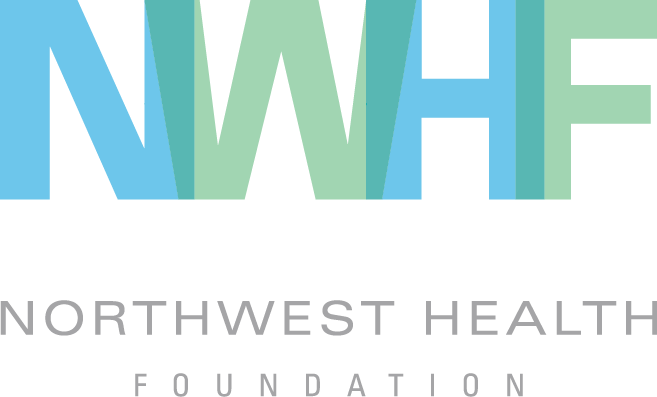The Real Lost Boys of Portlandia
/On June 7th at Revolution Hall, Outside the Frame will premiere The Lost Boys of Portlandia, a documentary featuring the real lost children of Portland – homeless youth.
[Image description: A group of six costumed youth pose in a patch of sun with trees in the background. One of the youth carries a guitar. Another wears fairy wings. Another wears a Peter Pan costume. One has on striped pajamas and a Daniel Boone hat, and one flexes both of his arms. There is a Jolly Roger pirate flag affixed to his wheelchair.]
The Lost Boys of Portlandia is a riff on Peter Pan, as well as a documentary about filmmaking, in which homeless youth debate if and how to return to mainstream society. According to KGW-TV, "on its surface, it’s a film about the making of a film, but the backdrop is flooded with one of Portland’s most pressing social issues.”
[Image description: Three youth sit on a bench. A boy on the left sits with his back to the camera. He is dressed like Peter Pan and holds a cup. His right leg is crossed over his left. Two boys on the right sit facing the camera. They are not wearing costumes. One of them is leaning over a presentation folder with a red marker in hand.]
Outside the Frame, originally a program of Outside In, is a nonprofit that offers homeless youth paid internships and film workshops that provide hands on technological training and relevant job experience. The youth involved produce original films depicting issues pertaining to and determined by homeless youth. A number of these short, youth-made films will also screen at the premiere of The Lost Boys. Claim your ticket here.
Outside the Frame aims to change the way homeless and marginalized youth see and are seen by film. By making films, youth are able to speak and advocate for themselves and issues they care about, as well contribute to changing the systemic barriers homeless youth face.
[Image description: A flyer for The Lost Boys of Portlandia, a premiere of films by and with youth who have experienced homelessness. The flyer advertises the show on Tuesday, June 7th, doors at 6 pm, show at 7 pm; Revolution Hall, 1300 SE Stark St., Portland, OR; Free, all ages; Tickets at otfpdx.bpt.me. The bulk of the flyer is an illustration of Peter Pan, camera in hand, flying away from three crocodiles, one of which is dressed as a police officer. Tinkerbell flies next to him with a clapboard.]
The Lost Boys of Portlandia premiere is sponsored in part by Northwest Health Foundation.











































